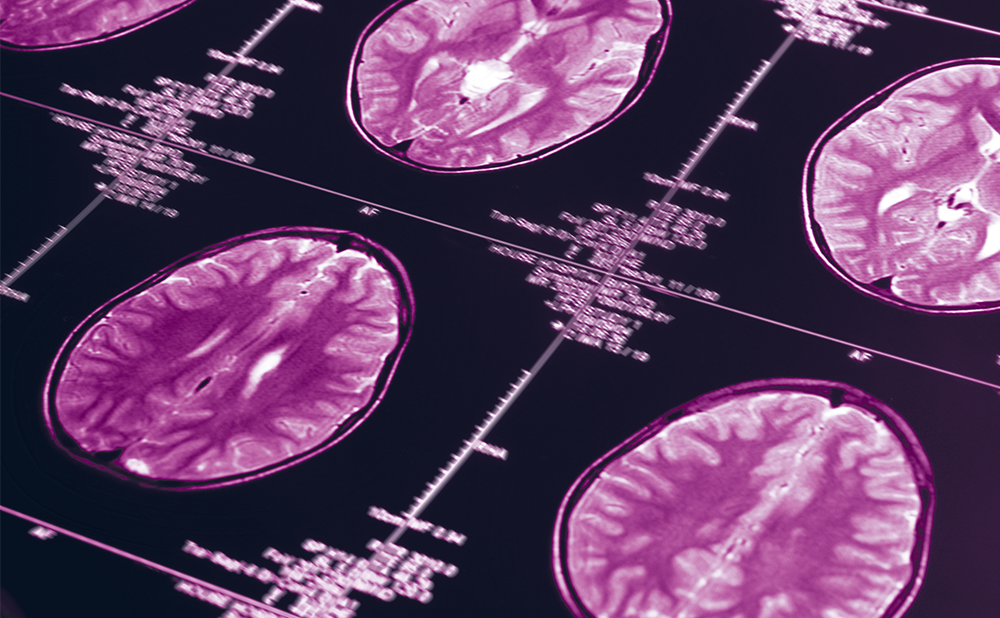A growing appreciation of the prevalence of sleep breathing disorders, especially as co-morbidities of disease syndromes such as chronic heart failure, has ncreased interest in screening, diagnosis and treatment of obstructive and central sleep apnoea. Sleep apnoea diagnosis currently requires an overnight polysomnograhic evaluation in which the disease is defined as the number of times per hour that respiration is inadequate to maintain oxygen saturation. Failure of respiration to maintain oxygen saturation is traditionally quantified using the apnoea–hypopnoea index (AHI), which not only serves to define the presence of treatable sleep apnoea but also provides the basis to measure successful treatment. Although many physiological signals are continuously measured during an overnight sleep study, the AHI is still the most important parameter to establish the presence or absence of significant sleep apnoea.
An apnoea event is defined as cessation of airway flow for greater than 10 seconds and is further classified based on the presence or absence of respiratory effort.1 The event is considered ‘obstructive apnoea’ if respiratory effort continues, without airway flow, for more than 10 seconds. Central apnoea is an absence of airflow without respiratory effort (see Figure 1). However, most of the AHI is composed of hypopnoeas, which are defined as reductions in airflow, usually by 50% or more, with associated reduction in oxyhaemoglobin saturation.1 Critical to disease diagnosis is the ability to accurately detect reduction in airflow, particularly during a hypopnoea event, making it important to understand the methods used to determine airflow. Lack of consensus standards for clinical evaluation of hypopnoea may significantly affect the diagnosis of sleep apnoea and possibly alter ssessments of new interventions intended to treat the disease. Further controversy arises when considering the extent of oxyhaemoglobin desaturation that qualifies an event as hypopnoea, with most recent outcome data suggesting that a greater than 4% reduction is required to qualify for a true hypopnoea. Accurate diagnosis and assessment of therapy is very important as it is clear that obstructive sleep apnoea is associated with significantly increased risk of cardiovascular diseases such as heart failure, hypertension, oxidative stress, myocardial infarction, atrial and ventricular arrhythmias and death.
To View full article –register here













